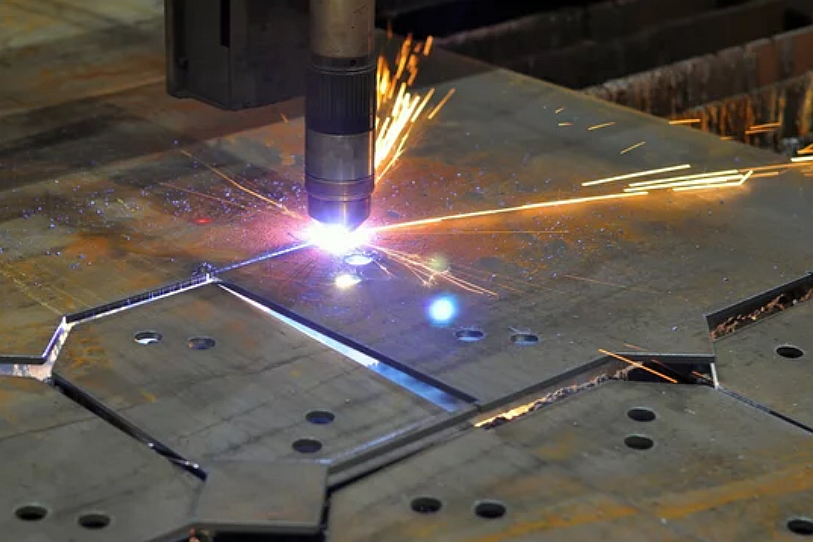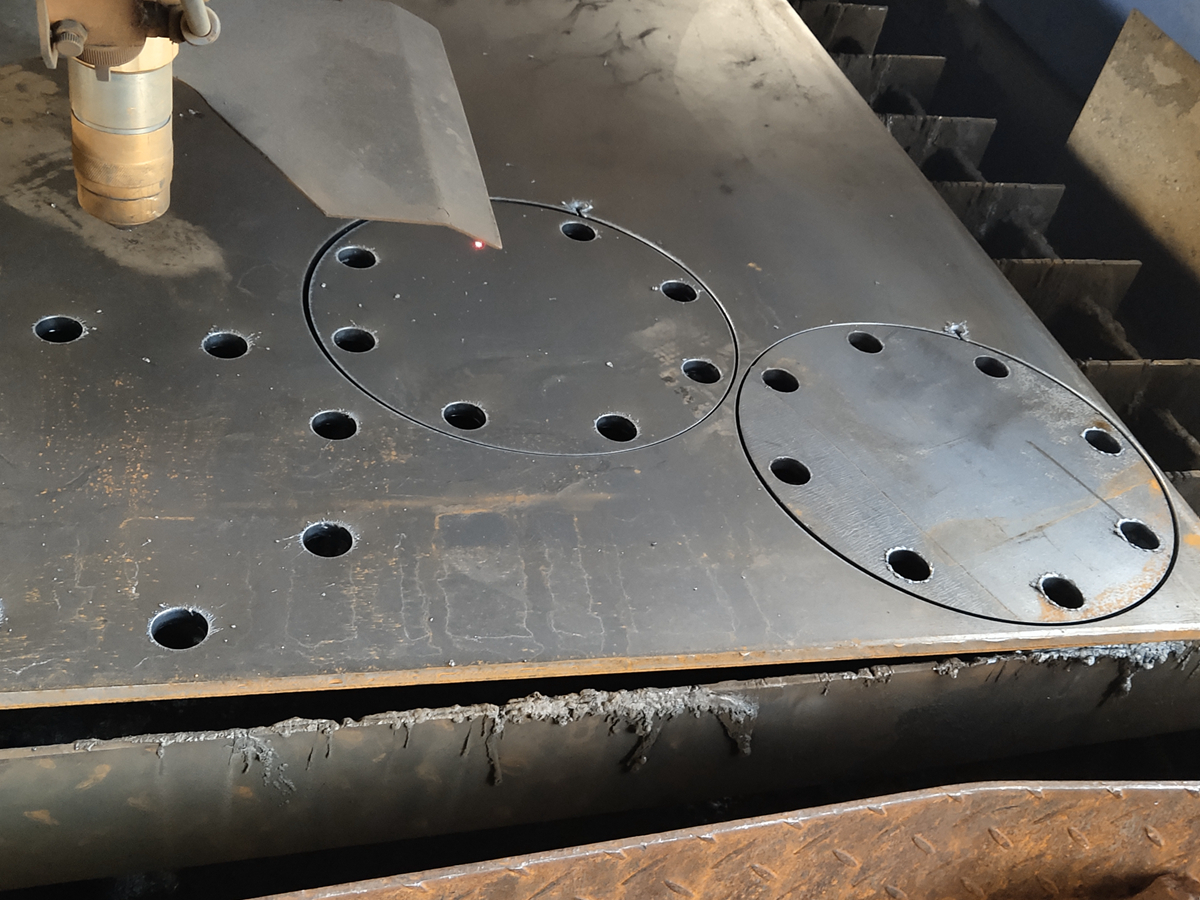What types of metals can be cut efficiently with plasma cutting?
Overview of Plasma-Cut Compatible Metals
Plasma cutting operates by directing a high-temperature ionized gas arc through conductive materials, making it exceptionally effective across a wide range of metals used in industrial manufacturing. The process is widely applied in sectors such as automotive, energy, and aerospace, where fast processing speed and reliable cut quality are essential. Its ability to maintain precision on thin to thick materials makes plasma one of the most versatile cutting solutions available today.
Ferrous Metals Compatible With Plasma Cutting
Plasma cutting is particularly efficient for iron-based alloys due to their excellent electrical conductivity. Common materials include:
Carbon steel, which responds well to high-energy arcs and is widely used in structural and machinery applications. It is also a frequent choice in cast forms such as carbon steel.
Cast iron, used in heavy equipment and industrial components, also cuts efficiently due to its uniform conductivity. Cast varieties can be referenced under cast iron.
Stainless steel is valued for its exceptional corrosion resistance and is widely used in the medical, energy, and food equipment sectors. High-quality cut performance is achieved on alloys similar to cast stainless steel.
These metals maintain stable arc transfer and produce clean edges with minimal dross, making them ideal candidates for plasma processing.
Non-Ferrous Metals Suitable for Plasma Cutting
Plasma cutting is equally effective for a variety of non-ferrous metals used in precision manufacturing. These include:
Aluminum, especially cast variants like cast aluminum and die-casting grades such as A380. Plasma provides excellent travel speed and heat control, which minimizes warpage.
Copper-based alloys, which offer high thermal and electrical conductivity. Their cast forms, such as those made of copper alloy, are commonly processed for use in electrical components and industrial fittings.
Magnesium alloy, including cast options, is lightweight yet strong and suitable for aerospace and automotive applications.
These metals maintain stable arc characteristics, allowing high cutting efficiency and a smooth finish.
Materials Processed Before or After Plasma Cutting
In integrated production environments, plasma-cut metals may originate from processes such as sand casting, gravity casting, or precision casting. The uniform material density produced through these methods allows consistent arc behavior during plasma cutting.
To further enhance surface integrity, parts are often finished through treatments such as sandblasting or post-cut smoothing using polishing. These steps remove micro-imperfections, improve coating adhesion, and prepare parts for downstream assembly or machining.
Applications Across High-Demand Industries
In sectors such as telecommunication, lighting solutions, and power tools, plasma-cut metals form the basis of housings, frames, brackets, and heat-dissipating structures. Because plasma supports a full range of conductive alloys—from thin stainless panels to thick carbon steel plates—manufacturers rely on it to accelerate production while maintaining dimensional accuracy.
Plasma cutting is also integrated with upstream manufacturing operations, such as sheet metal fabrication and laser cutting, enabling hybrid workflows where different metals require different cutting characteristics.



